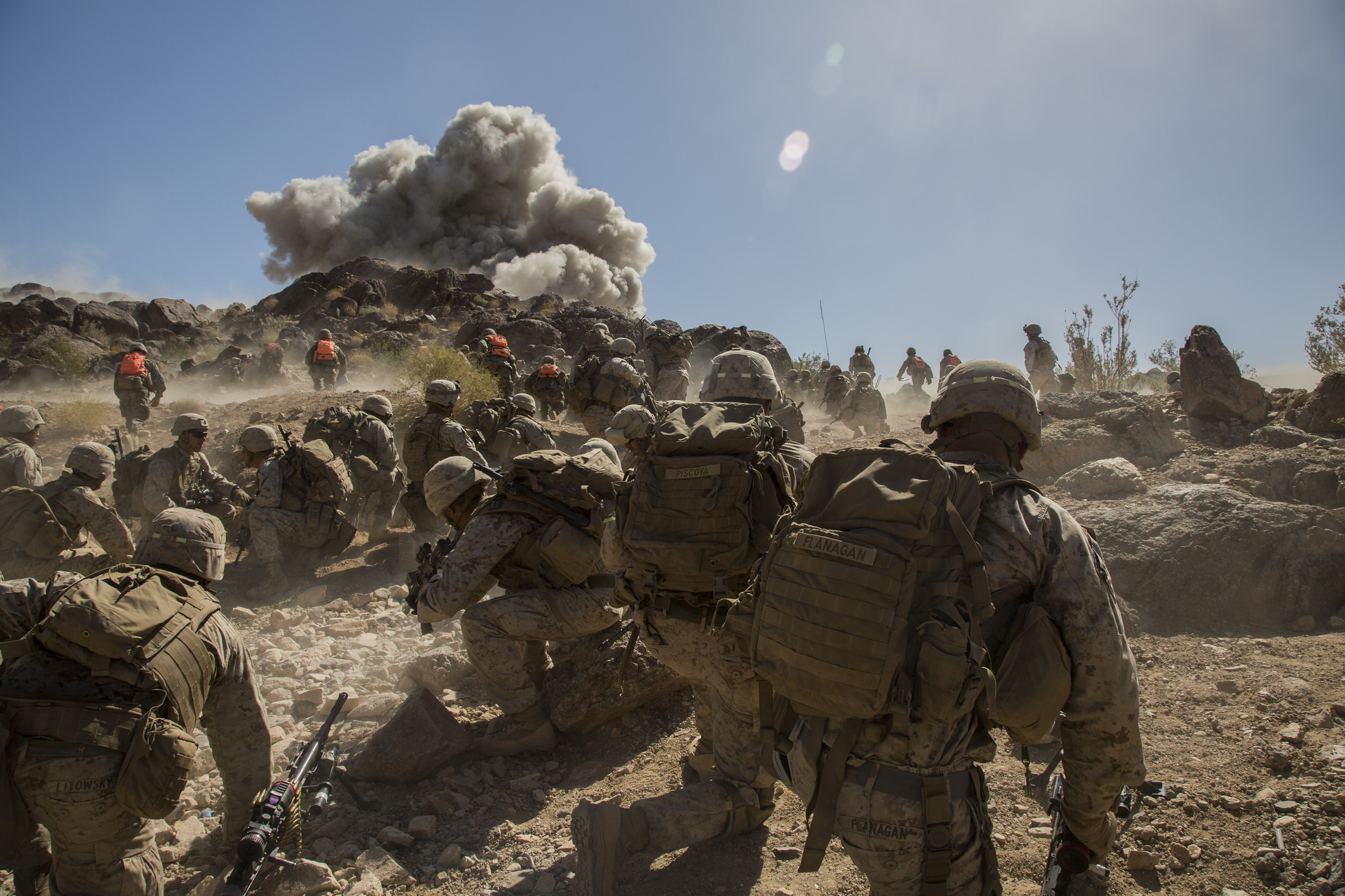Army Pai Regulation : What it is
Army Pai Regulation: What it is
The Army Pai Regulation is a set of rules and guidelines that govern the activities and operations of military personnel in the Pai region. These regulations outline the expected behavior, code of conduct, and operational procedures that soldiers in the Pai Army must adhere to.
Why is Army Pai Regulation Crucial?
The Army Pai Regulation plays a critical role in maintaining discipline, unity, and efficiency within the Pai Army. It ensures that military personnel are well-prepared, professional, and capable of carrying out their duties effectively. The regulation also promotes a safe and secure environment for both soldiers and civilians in the Pai region.
Adherence to the Army Pai Regulation is mandatory for all military personnel within the Pai Army. Failure to comply with these regulations can result in disciplinary action, including reprimands, suspensions, or even dismissals, depending on the severity of the violation.
Key Components of Army Pai Regulation
The Army Pai Regulation comprises several key components that govern different aspects of military operations in the Pai region. These components include:
1. Code of Conduct:
The code of conduct outlines the expected behavior and ethical standards for all soldiers serving in the Pai Army. It emphasizes principles such as integrity, respect, loyalty, and teamwork. Additionally, it addresses issues related to personal conduct, use of force, treatment of prisoners, and obligations towards civilians.
2. Operational Procedures:
The operational procedures within the Army Pai Regulation cover various activities soldiers may encounter while on duty. These include combat operations, patrolling, checkpoint management, intelligence gathering, and coordination with other military units. The regulation provides detailed guidelines to ensure smooth and effective execution of these procedures, minimizing the risks involved.
3. Safety Protocols:
Safety is of utmost importance in the Pai Army, and the Army Pai Regulation prioritizes the well-being of military personnel. It includes protocols and guidelines to ensure soldiers are adequately equipped, trained, and protected during operations. Additionally, the regulation covers measures to prevent accidents, handle emergencies, and manage health and wellness within the military unit.
Subheading 1: Benefits of Army Pai Regulation
The Army Pai Regulation offers several benefits, both for the military personnel and the community they serve. Some of these benefits include:
1. Enhanced Discipline:
The regulation instills a high level of discipline among soldiers, ensuring they adhere to strict rules and guidelines. This discipline fosters professionalism, efficiency, and accountability, leading to the overall improved effectiveness of the Pai Army.
2. Improved Operational Efficiency:
With clear operational procedures in place, soldiers can execute their duties effectively and efficiently. This ensures smooth coordination, minimizes errors, and maximizes the impact of military operations in the Pai region.
3. Increased Safety and Security:
The Army Pai Regulation emphasizes safety protocols and measures to protect soldiers and civilians alike. By adhering to these guidelines, the Pai Army can maintain a safe and secure environment, reducing the risks associated with military operations.
Subheading 2: Frequently Asked Questions
Here are some commonly asked questions about the Army Pai Regulation:
Q: Can soldiers provide input or suggestions for amendments to the regulation?
A: Yes, soldiers are encouraged to provide feedback and suggestions for improvement. The Pai Army conducts periodic reviews of the regulation and considers input from military personnel to ensure it remains up-to-date and effective.
Q: Are there any consequences for violations of the Army Pai Regulation?
A: Yes, violations of the regulation can lead to disciplinary action, ranging from reprimands to dismissals, depending on the severity of the offense. The Pai Army takes violations seriously to maintain discipline and uphold the standards of the military unit.
Q: Is the Army Pai Regulation applicable to all military personnel in the Pai region?
A: Yes, the regulation applies to all soldiers serving in the Pai Army. It ensures consistency and uniformity in operations, regardless of rank or position.
Subheading 3: Training and Implementation of the Army Pai Regulation
The Army Pai Regulation is introduced during the initial training of new recruits and reinforced throughout their military careers. Soldiers undergo extensive training sessions where they learn about the regulation, its importance, and how to apply it effectively in various scenarios.
To ensure proper implementation, regular training and refresher courses are conducted for existing military personnel. This helps to reinforce the key principles and guidelines outlined in the Army Pai Regulation.
The Pai Army also employs a monitoring and evaluation system to track compliance with the regulation. Inspections, performance assessments, and periodic reviews are carried out to ensure soldiers are following the prescribed protocols and standards.
Conclusion
The Army Pai Regulation plays a vital role in governing the conduct, operations, and safety of military personnel in the Pai region. It establishes a framework for professionalism, discipline, and efficiency within the Pai Army. By adhering to this regulation, soldiers can maintain a high level of effectiveness while ensuring the safety and security of the local community.
Disclaimer: The content in this post is based on publicly available information and is not endorsed or verified by any official sources.
First Look: Speedpaint By The Army Painter - Better & Cheaper Than
 Image Source : taleofpainters.com
Image Source : taleofpainters.com What Is Pai Army - Army Military
Pin By Pai Ling On BTS.บังทัน | Bts, Army, Let It Be
 Image Source : www.pinterest.com
Image Source : www.pinterest.com Principal Adverse Impact (PAI) In SFDR Regulation Explained - Impact
 Image Source : www.impactinstitute.com
Image Source : www.impactinstitute.com Army Pai Meaning - Army Military
 Image Source : armymilitary.net
Image Source : armymilitary.net Infantry Army Salary - Army Military
 Image Source : armymilitary.net
Image Source : armymilitary.net Army Memorandum Format Regulation - Financial Report
 Image Source : excelspreadsheetsgroup.com
Image Source : excelspreadsheetsgroup.com Famous Pai Army Ideas
 Image Source : civildefence.info
Image Source : civildefence.info Infantry army salary. Famous pai army ideas. Pin by pai ling on bts.บังทัน. What is pai army. First look: speedpaint by the army painter